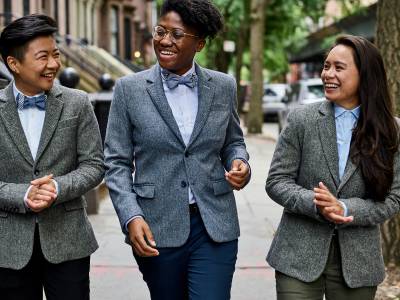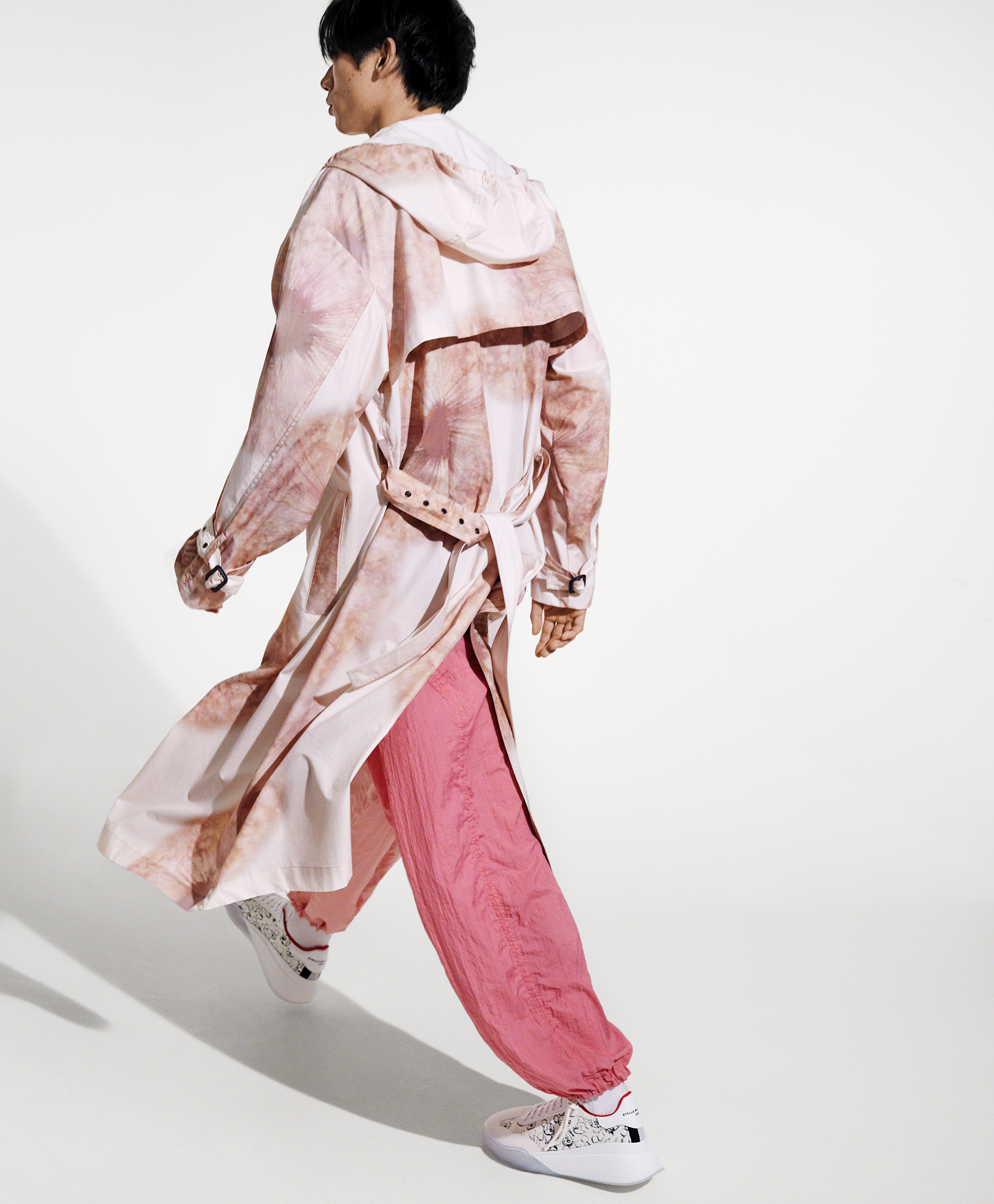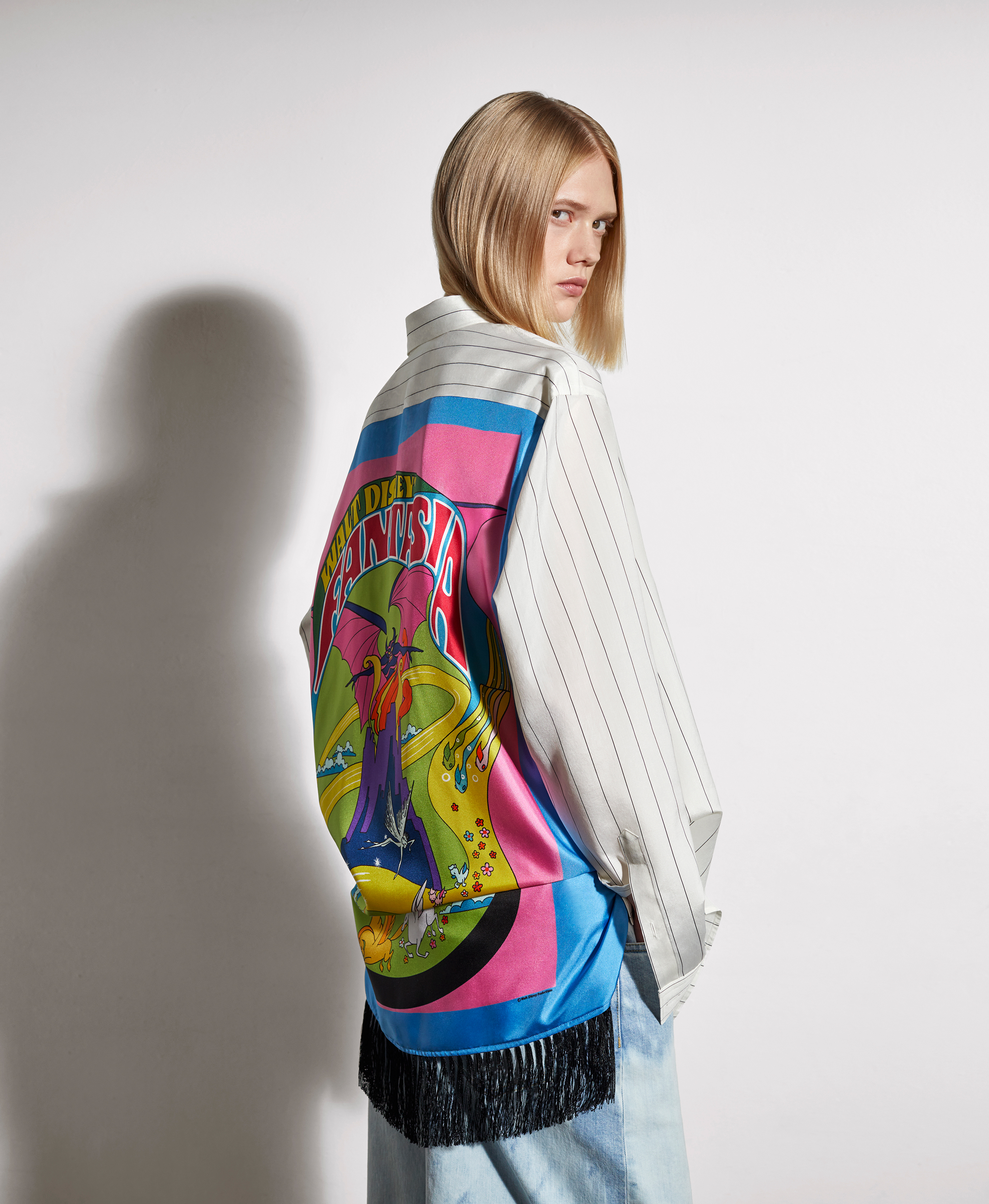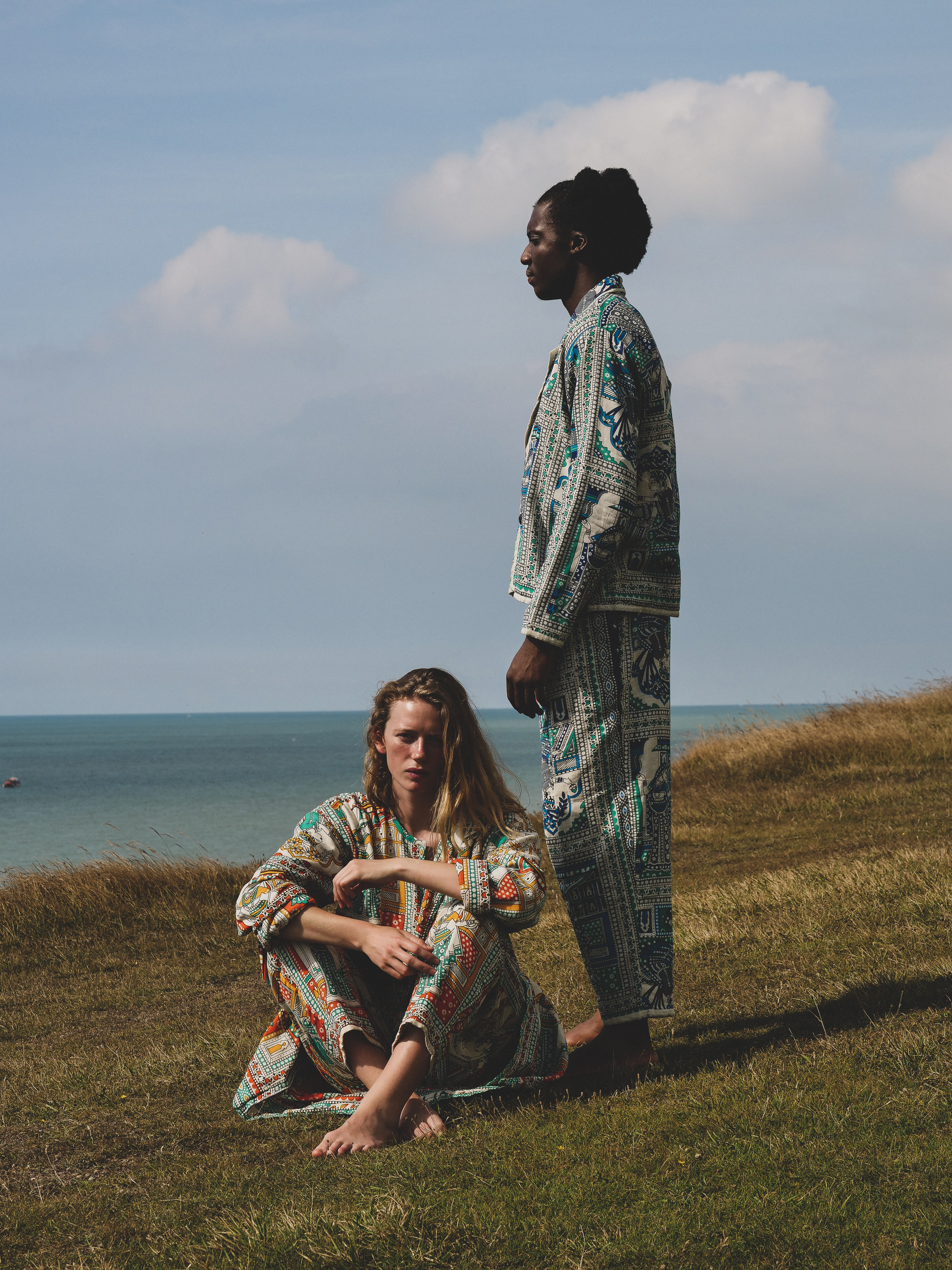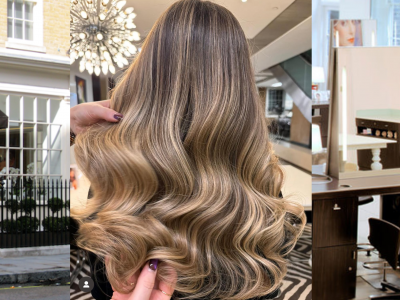To my mind fashion is increasingly about individuals finding their own style, about their personality shaping what they wear, not our conditioning as to what menswear is and what womenswear is,” says Tan Saxena, ex-business analyst turned clothing entrepreneur with his London-based label Lane Fortyfive, which debuted in 2016. It’s an arty collection of loose-fitting pleated trousers, boxy jackets and outsize shirts that quite deliberately isn’t divided by sex. Indeed, sales are evenly split between men and women. “If a jacket is beautiful then it should be beautiful for any gender,” says Saxena.
He is not alone. Recent years have seen the progressive fashion world look to break away from the age-old binary paradigm of clothing for men and clothing for women, one which shapes how clothing is designed, made, marketed and sold, and which in turn can shape how people think about themselves. There has been a proliferation of independent brands declining to pitch their camp as being one or the other: Cold Laundry, Official Rebrand, Olderbrother, Ijji and Story MFG are just a few to sell their wares online without reference to which sex they’re for.
